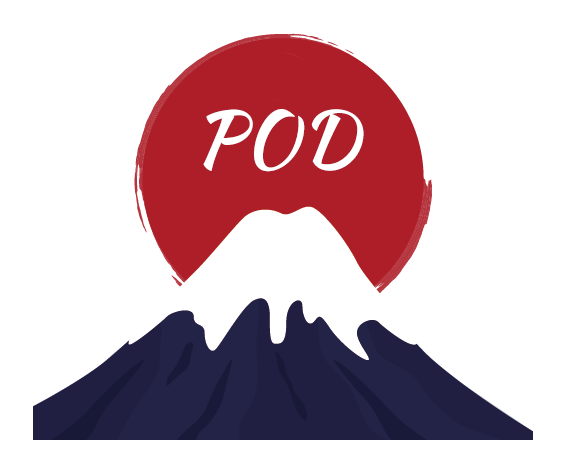Introduction
Utagawa Kuniyoshi (1798–1861) was one of the most innovative and influential artists of the Ukiyo-e tradition. Best known for his dynamic warrior prints, Kuniyoshi revolutionized Japanese woodblock printing by introducing dramatic compositions, intricate detailing, and bold storytelling. His work spanned historical prints, mythological depictions, landscapes, and even humorous caricatures, making him one of the most versatile artists of his time.
Early Life and Artistic Beginnings
Kuniyoshi was born in Edo (modern-day Tokyo) in 1798. From a young age, he displayed remarkable artistic talent, leading him to study under Utagawa Toyokuni I, the head of the Utagawa school. While the school focused on Kabuki actor prints (yakusha-e), Kuniyoshi soon carved out his own niche with warrior prints, inspired by historical and literary figures.
His breakthrough came in 1827 when he began illustrating The 108 Heroes of the Suikoden, a series based on the Chinese classic Water Margin (水滸伝, Suikoden). His vivid depictions of tattooed warriors in fierce battle scenes captivated Edo audiences and established his reputation as a master of action-packed compositions.
Kuniyoshi’s Artistic Style and Innovations
Kuniyoshi’s work is characterized by bold compositions, expressive figures, and a dynamic sense of movement. Some of his key innovations include:
1. Dramatic Warrior Prints (Musha-e)
Kuniyoshi redefined samurai and hero depictions in Ukiyo-e by portraying epic battles, supernatural beings, and legendary figures. His prints often featured warriors in intense, exaggerated poses, creating a sense of action and tension.
2. Influence on Japanese Tattoo Art (Irezumi)
Many of Kuniyoshi’s Suikoden heroes were depicted with elaborate full-body tattoos featuring dragons, tigers, and mythological creatures. His designs significantly influenced Japanese irezumi (tattoo culture), which remains popular today.
3. Humorous and Surreal Works
Beyond warriors, Kuniyoshi had a playful side. He created satirical prints, anthropomorphic animals, and optical illusions, offering a lighthearted contrast to his battle scenes. His humor and creativity appealed to a broad audience, showing his versatility as an artist.
4. Landscape and Yokai (Supernatural) Themes
Kuniyoshi also produced stunning landscapes, ghost stories, and mystical creatures. His depictions of yokai (Japanese spirits) and historical legends added a supernatural flair to his work.
Legacy and Influence
Kuniyoshi’s innovative style had a lasting impact on manga, anime, and modern Japanese art. His bold linework, exaggerated expressions, and dynamic compositions inspired artists such as Osamu Tezuka (creator of Astro Boy) and contemporary illustrators worldwide. His prints continue to be studied for their historical depth, cultural significance, and artistic brilliance.
Conclusion
Utagawa Kuniyoshi was more than just a printmaker—he was a visionary artist who transformed Japanese Ukiyo-e into an expressive and dynamic art form. From warriors to mythical creatures, his work remains a source of inspiration across generations. His legacy lives on, not just in museums but in tattoo culture, pop art, and digital illustrations.
Would you like to see an Ukiyo-e-inspired reinterpretation of Kuniyoshi’s work today? Let me know! 🎨🔥

